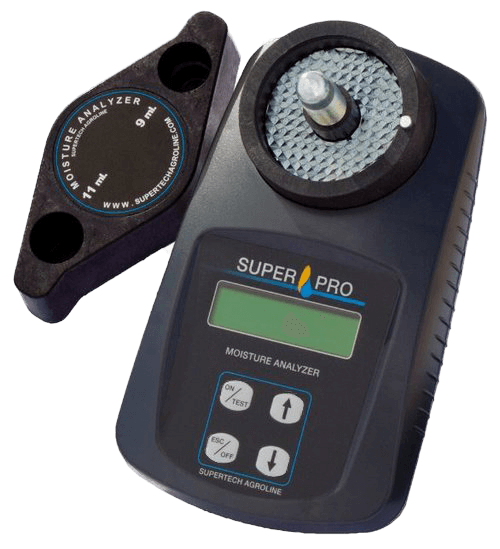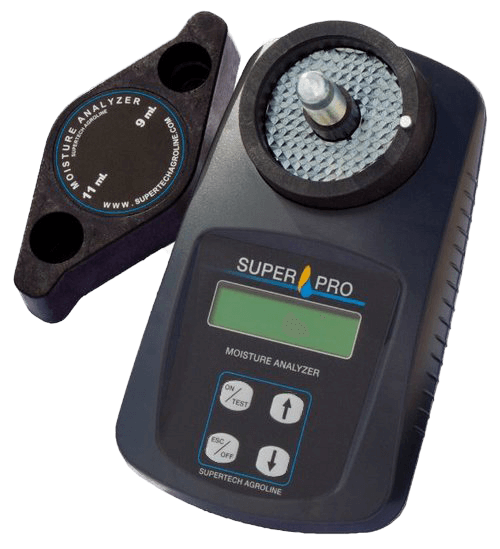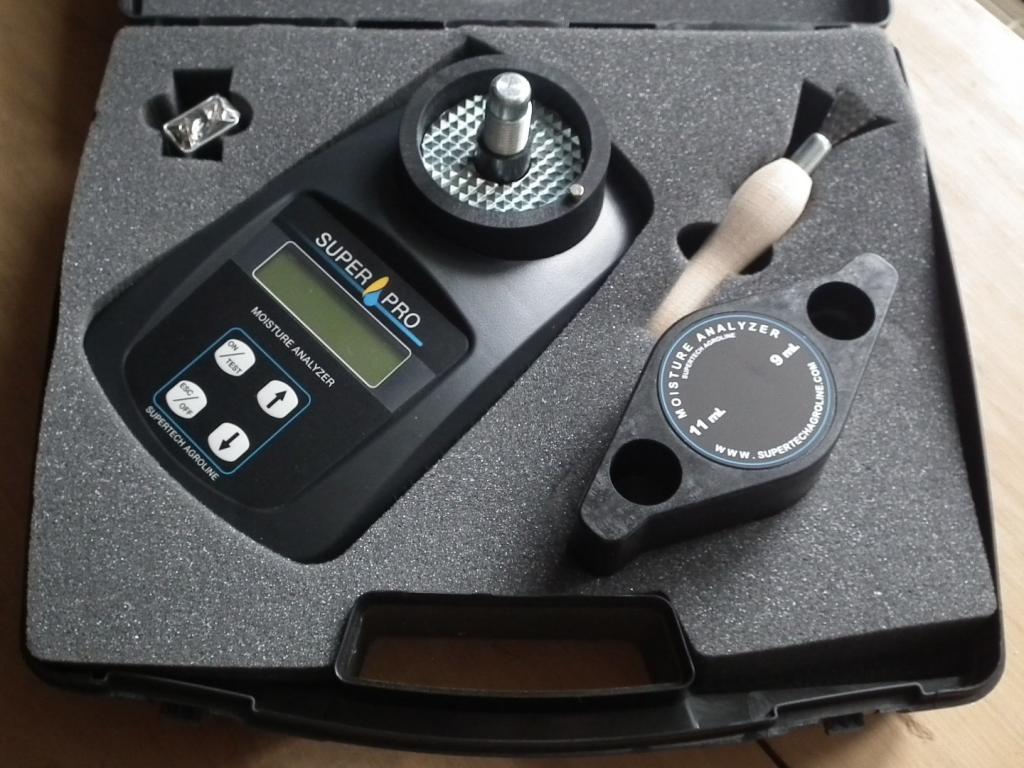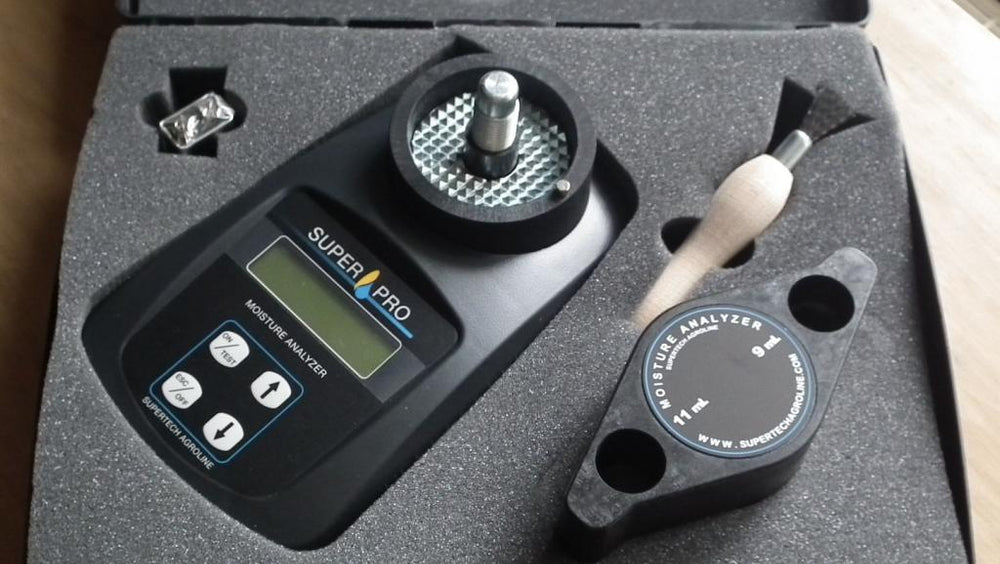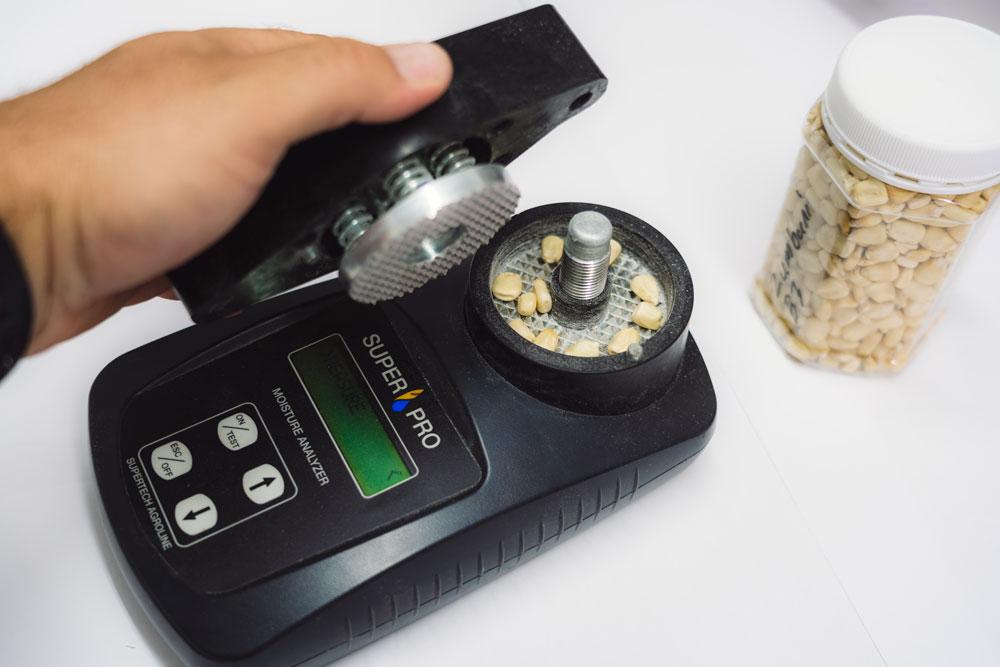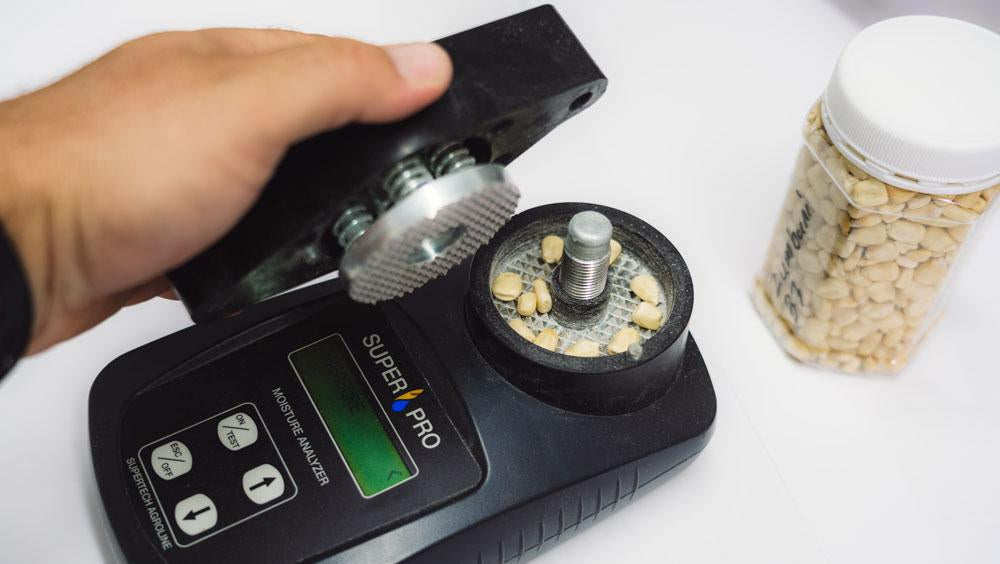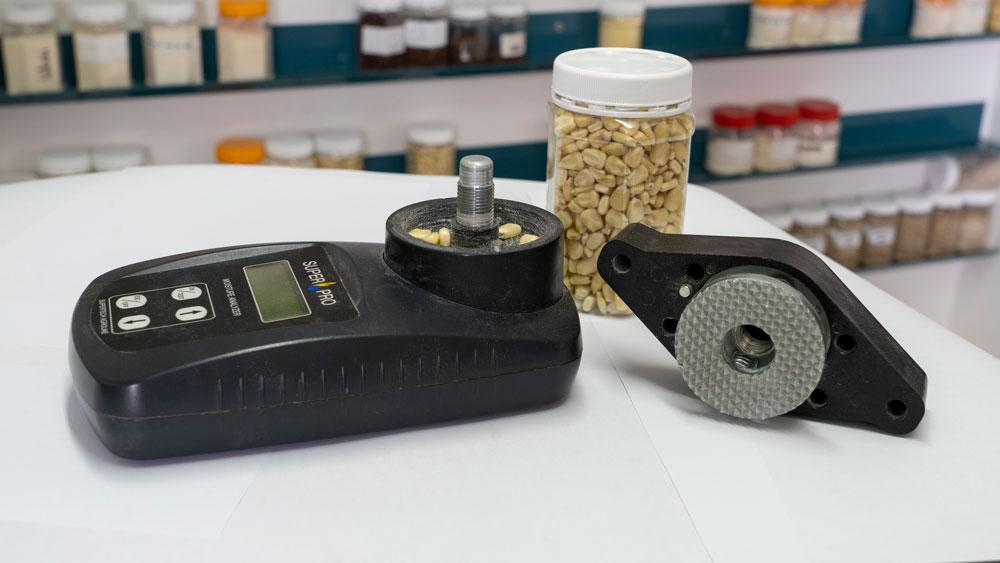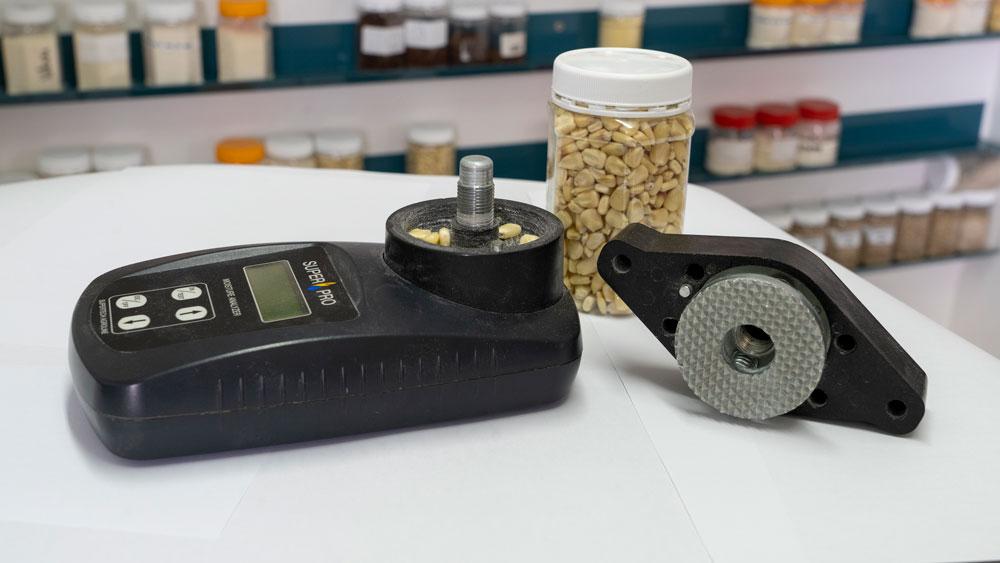Worldwide about 25% of all stored grain, such as maize, is lost annually to damage caused by pests such as insects or rodents, which makes control a necessity.
In this four-part series, Roff takes a look at measures the maize miller can take to control this very real threat to his business. This blog features damage caused by rodents and birds, and suggests safety measures to consider when practicing infestation control.
01. RODENTS
Rodents do extensive damage to grain in storage, especially bagged maize:
- They damage the bags.
- They eat the equivalent of 10% of their own mass in food per day.
- They contaminate the maize with their droppings and urine. This can cause diseases such as Hantavirus, which affects the lungs, heart and kidneys and Salmonellosis (food poisoning) in humans.
- When cleaning the maize prior to milling, it is difficult to obtain a 100% separation of pellets and droppings from the maize.
- Rodents gnaw cables or electrical wiring which could lead to fires in the mill.
- Rodents like to hide away and they need time to rest and produce their young.
Stacking rules for bagged grain
- Stack bags on dunnage boards on the floor away from the walls.
- Keep a strict stock rotation system of first in, first out.
- Keep the warehouse clean by thoroughly sweeping it out on a daily basis.
Rodenticides
These come in the form of liquid rat and mice poisons as well as solid bait poisons, which can be used on the outside and inside of buildings. Weekly checks must be done to ensure that the bait stations are in good working order, and that the liquid bait has been taken.
Strategically position rodenticides by using a plan of the mill or warehouse. Employ a weekly or monthly check sheet to monitor the success rate.

02. BIRDS
Infestation by birds on a maize milling site is a minor problem if properly controlled. The presence of birds affects the miller in a number of ways:
- Damage to buildings. Walls, windows and gutters are fouled by excrement. Bird nests also block gutters and downpipes.
- Health hazard to staff. Bird droppings are a breeding ground for disease, like Histoplasmosis (respiratory disease) and Candidiasis (yeast/fungal infection).
- Injuries to staff who can slip on wet droppings on external metal stairways and catwalks.
- Loss of maize. The silo/intake area is where the highest concentration of birds is found. Loose maize is eaten by birds in large quantities at the intake where control measures are difficult to implement.
- Finished product warehouses are also a favourite place for birds to congregate for food. Always consult a pest control company to install the proper traps and bait stations.
03. SAFETY PRECAUTIONS
Fumigation (phosphine)
- Fumigation must always be carried out by more than one person.
- A gas mask with a filter must be available should it be necessary.
- When entering an area that has been fumigated, a gas mask must be worn.
- Don’t smoke, eat or drink while fumigating.
- Wash your hands with soap after fumigation.
- Ensure that the necessary safety warning signs are placed in appropriate places.
Spraying or fogging
- Wear rubber gloves when preparing the mixture.
- Immediately wash any spills onto the skin with soap and water.
- Prior to spraying, clear the area or building of dust.
- Wear protective clothing and avoid inhaling the spray mist.
- Don’t smoke, eat or drink while spraying or fogging.
- Have a shower after completing the work.
Important: Always read the labels on the fumigant/insecticide containers carefully.
Training courses
At least one person at the maize mill should attend a fumigation course to learn how to properly fumigate the premises. Most fumigant suppliers run courses and provide competency certification on completion.


